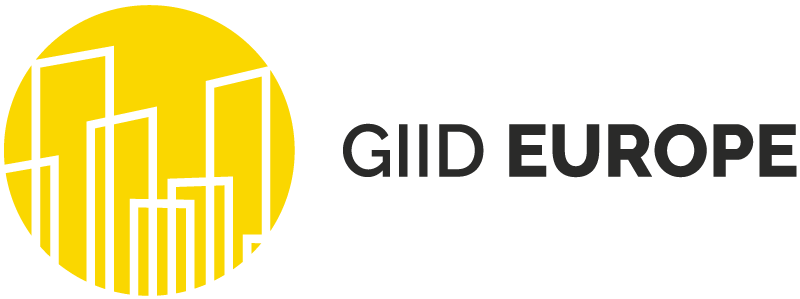Who we are
The Global Institute on Innovation Districts EUROPE is a new practice-oriented research organization dedicated to catalysing innovation districts in and across Europe. GIID EUROPE is a sister organisation to The Global Institute on Innovation Districts.
At the Global Institute on Innovation Districts EUROPE we are a/an …
Lillian Kuri, Senior Vice President for Strategy, Cleveland Foundation
“I have to give GIID credit for our re-thinking of how we design and use the ground floor of our innovation district. They planted a seed with us that is not going away, which is that we build the entire district with the first floor of every building open and accessible. This way, the district feels less like offices and more like retail. This is a whole new way of thinking about the ground plane. Our first building has entrances on all sides, a café that opens to the lobby and the street, a dance space with its own entrance for events, a lot of community programming, and a conference centre for up to 200 people, which is free for nonprofits.”
Wendy Luther, President and CEO, Halifax Partnership
“When we first developed the boundaries of our district,the geography was large because people felt strongly about not getting cut out of the boundaries.
But through the work of GIID, we strategically refined our boundary to have it include all core R&D actors. They also advised that we include the harbour as a living lab because a lot of our research activities in ocean tech and ocean sciences takes place in the water, making it a key asset.
We are now exploring how we can capitalise on that further for R&D and commercialization. For example, how to create a true living lab where startupsand scaleups can peformtesting on everything from hold coatings to sensors to marine sensors.”
Marianna Lubanski, CEO, Science City Lyngby
“Completing the baseline survey for GIID was a bit overwhelming because we realized how much data we don’t have and that we had to work hard to find it. It led us to include data gathering and early analysis into our district strategy.
We needed to be able to tell people how many startups are forming and scaling in our district, how many international citizens are locating here, and other data about the land.
We now collect data and facts. We have really tried to push facts in the local media and in our communications.”







